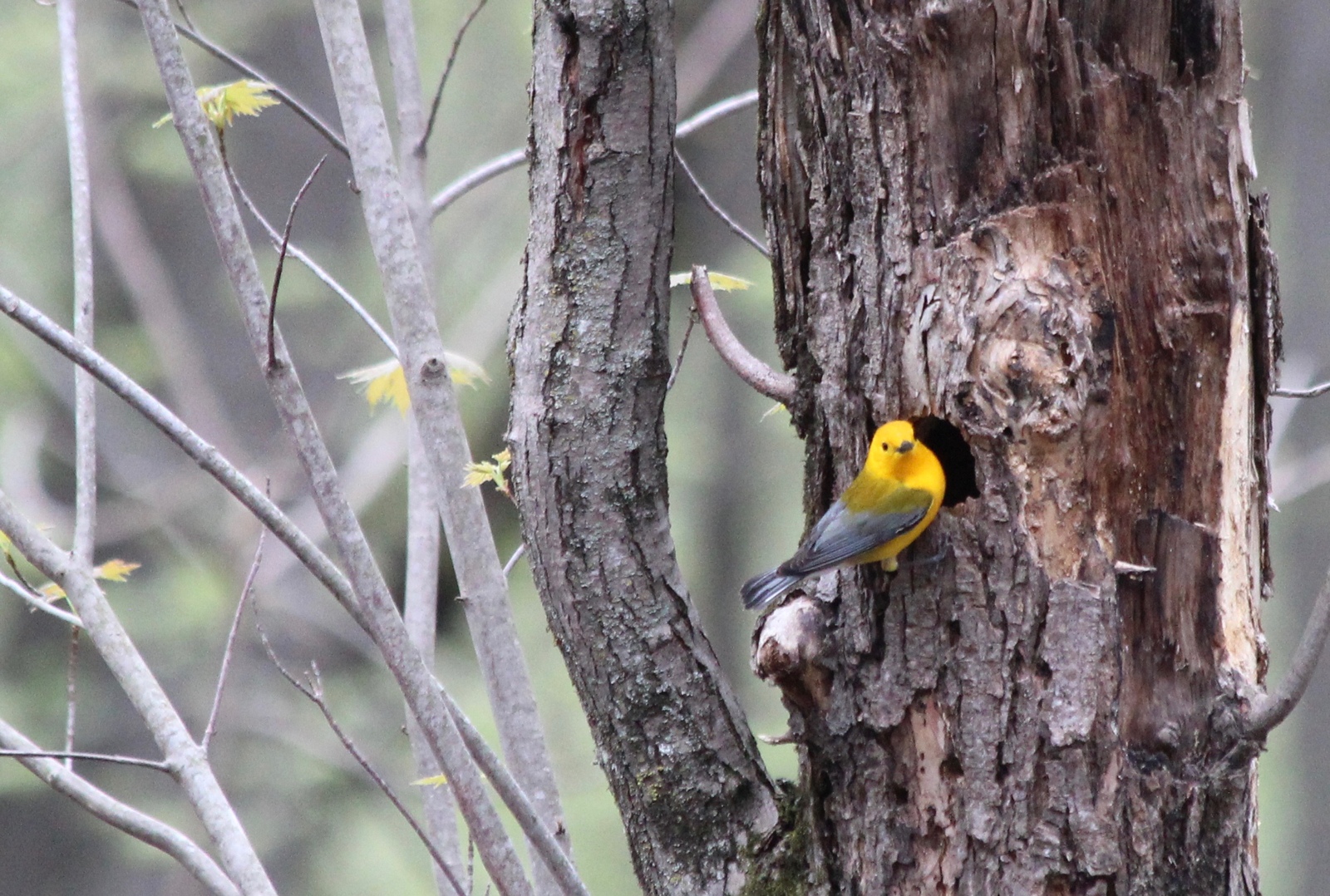
In 2024 the Hinckley Area Fisheries Office conducted its first ever hoop net survey for catfish on the upper St. Croix River, which is the 76-mile section between Taylors Falls, MN and the WI border near Danbury, Wisconsin. In the past there have been some concerns expressed by anglers that the population of catfish is dwindling in the upper St Croix River. In 2008 and 2012, attempts were made to capture some of these fish to get a better idea of population numbers.
A number of different gears were used including trap nets, trot lines, hook and line, and gill nets, but only a few fish were captured. The low number of fish caught in these surveys was most likely due to poor sampling rather than low numbers of catfish on the St. Croix. Other state and federal agencies in the Midwest have had good luck capturing catfish with hoop nets. We did some research on catfish sampling techniques and devised our own sampling plan with baited hoop nets and trot lines.

Hoop nets are made of a long tube of netting and held open with large metal or fiberglass hoops, the net contains two inward facing mesh funnels. These funnels allow fish to enter the net but not to leave. We can then retrieve the net, open the end and empty the fish out of the net.
A trotline is a heavy fishing line with shorter, baited branch lines commonly referred to as snoods suspending down at intervals using clips, with a hook at the free end of each snood. The DNR survey trot lines were 25 feet long with hooks spaced out every foot for 25 hooks per line.

During the month-long survey, we deployed 55 baited hoop nets and 24 baited trot lines at 12 stations throughout the river. Hoop nets and trot lines were set for 24 hours and lifted. Hoop nets were baited with a soybean block bait and the trot lines were baited with fresh Redhorse cut bait.
During the survey we captured 128 catfish in the hoop nets and 8 catfish on trot lines. All fish were counted, measured, and weighed. We also took a pectoral spine for ageing information. All fish were released after measurements were made.

The hoop net catch was 2.5 fish per net. Length ranges were between 9 and 34 inches with and average length of 21 inches. Most of the catfish sampled by hoop nets were close to woody habitat in 5-8 ft of water close to shore. It is unclear why we did not catch many fish with trot lines during the survey. It could be that smaller fish were picking off the bait on the hooks, as most of the hooks were empty when pulling up the gear.
Catfish anglers should try targeting catfish close to woody habitat or big log jams on river bends in water 5-10 feet deep. We sampled low number of catfish in the deeper holes in the middle of the river. Lake Sturgeon seem to be in the deep holes and catfish close to any woody habitat available close to shore.
Future catfish sampling will include the Snake River in 2025 and the Kettle River in 2026, and we hope to survey for catfish on these three streams on a 5-year rotation to monitor the population for any changes over time. If you have any questions or comments, please reach out the Hinckley DNR Fisheries Office at 320-384-7721.








Comments
St. Croix 360 offers commenting to support productive discussion. We don’t allow name-calling, personal attacks, or misinformation. This discussion may be heavily moderated and we reserve the right to block nonconstructive comments. Please: Be kind, give others the benefit of the doubt, read the article closely, check your assumptions, and stay curious. Thank you!
“Opinion is really the lowest form of human knowledge. It requires no accountability, no understanding.” – Bill Bullard
4 responses to “Minnesota DNR reports on first survey of upper St. Croix catfish”
Many people will be interested in this report. While it is not uncommon to lose cutbait, turtles are by far the most common culprit.
I see a redhorse in the net. I do hope the DNR staff were careful to use WI state threatened river redhorse as bait… Personally, I would have gone with a chunk of hotdog on a 1/0 circle hook. All channel catfish up there?
From conversations with anglers who’ve fished this section all the way back to the 80s I can definitely confirm that the channel catfish are no where near what they were then. And from my 25 years of fishing it, it’s not the same.
Would like to see a 5 fish limit with 2 over 24″ like we have statewide on inland waters.
I would like to see limits also. In the end it will help the fishing